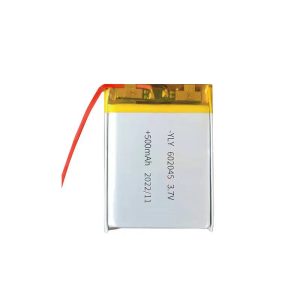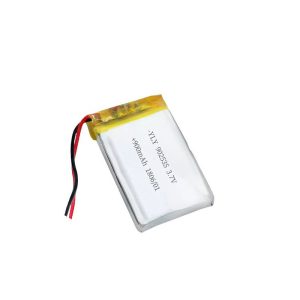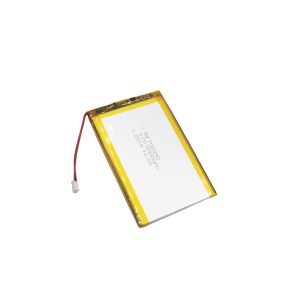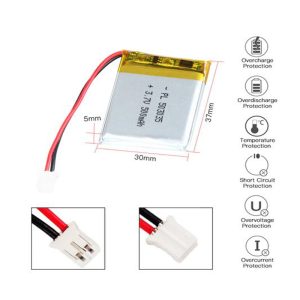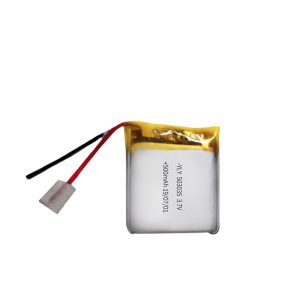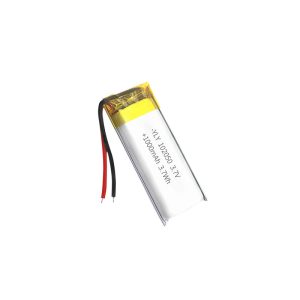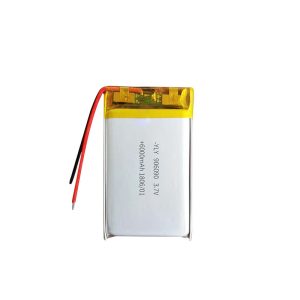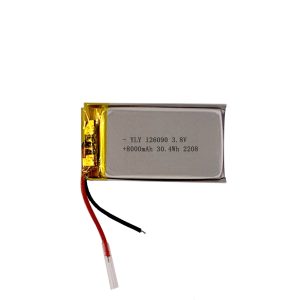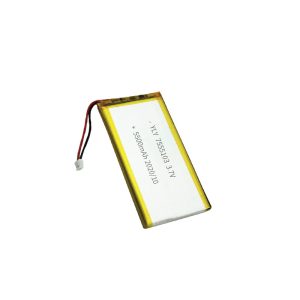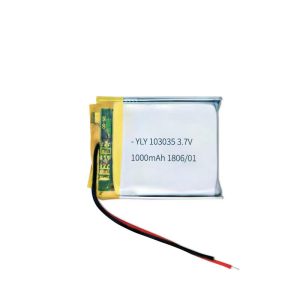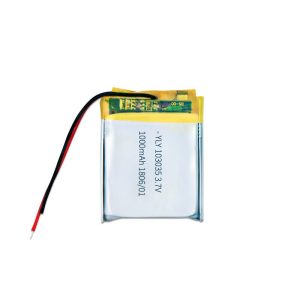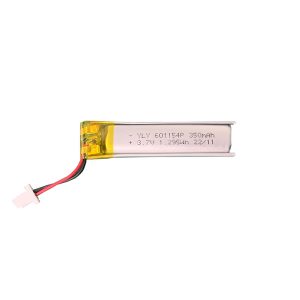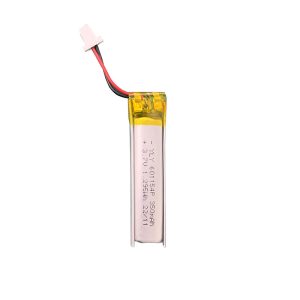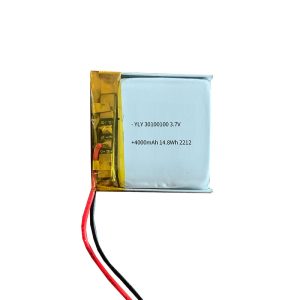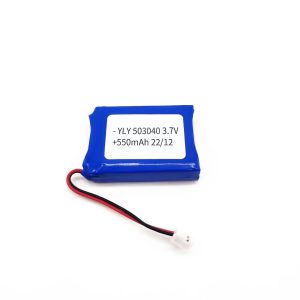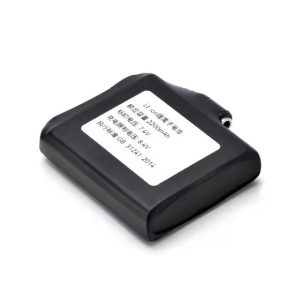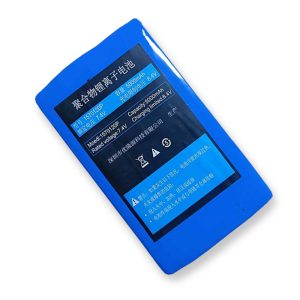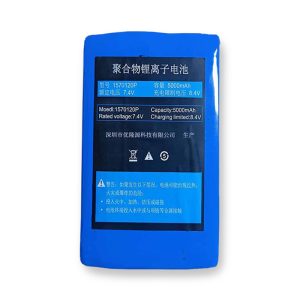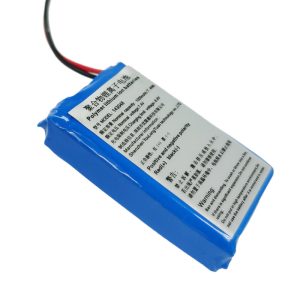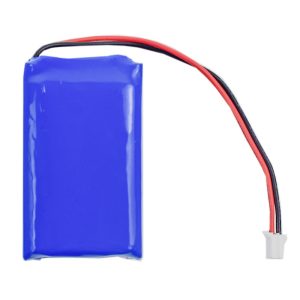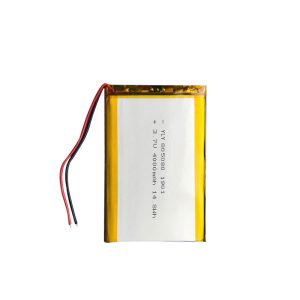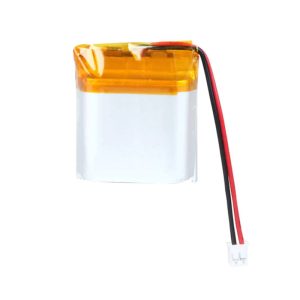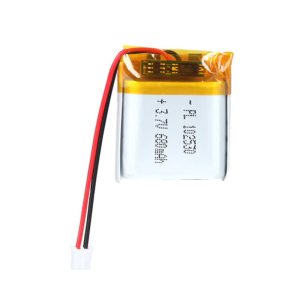Lithium Polymer Batteries
Lithium polymer(also known as ‘lipoly’ or ‘lipo’ ) batteries provide the performance of lithium-ion batteries in a thin or moldable package. They do not use volatile liquid electrolytes and can withstand significant loads without exploding or burning.
Lithium polymer uses a polymer gel electrolyte that replaces the conventional liquid electrolyte. Lithium polymer finds its market niche in ultra-thin geometries, such as batteries for credit cards and other such applications. The expected lifetime is over 500 cycles.
The long life cycle of charging & discharging, more than 500 cycles
Thinner design & lighter weight with aluminum-plastic composite
OEM & ODM services for special-size of lithium polymer battery
Easy to assemble with mounted connectors (Molex, Tyco, and so on)
Rigorous testing to ensure the quality of all lithium polymer batteries
Li Polymer 7.4V 8000mAh Battery Pack
FAQ about Lipo Battery Cells
1.What is Lithium Polymer Battery?
The lithium polymer battery (commonly known as LiPo, LIP, Li-poly) is a rechargeable lithium ion battery that uses a polymer electrolyte instead of a liquid electrolyte, making it less potent in the event of a leak or explosion. LiPo batteries are now widely used in tablets, MP4 mobile phones and other wireless devices.
2.Which is the better lithium-ion or lithium-polymer battery?
As far as the end user is concerned, the lithium polymer battery (LIP) is essentially much better than the lithium-ion battery (LIB). LIP has a higher energy density than LIB, moreover, LIP is much safer than LIB, LIB can easily explode in case of shortening or overcharging, etc, whereas LIP does not have this problem, LIP will simply expand and explode, without explosion most of the time. For new devices such as Bluetooth or certain medical devices that require a unique design of shape, PIL can be of great value, there are curved batteries and super thin battery cells among PIL manufacturers.
3.What is a 3s 5s LiPo?
Battery packs that contain 3 or 5 cells connected in series are called 3s or 5s LiPo batteries. A 3S battery has a voltage of 11.1 volts (some like to call it 12V), and a 5S battery has a voltage of 18.5 volts. But we know that the capacity of a single cell is limited, so people use more cells in parallel to get a higher capacity (also called Ah). So 3s2p is 6 cells in total, let’s assume each cell is 3.7v 2000mah, a 3s2p pack is 11.1v 4000mah in total, plus the extra size of the PCBA, so you can get a rough idea of the pack you will need.
4.What does the 10C mean in Lipos? What is C rate anyway?
People use C Rate to define a discharge rate. Most Lipo batteries will say on its description something like “10C to 20C”. This means that 10C is the nominal discharge rate and 20C is the maximum discharge rate.It’s common to use mah to define battery capacity. A battery with a 2000 mAh capacity can deliver 2 Ampere ( usually short for 2000 mA/2A, 2A=2000 ma) for 1 hour. to make it more clear, it can also send power in 200 mA for 10 hours. The battery capacity, together with the LiPo battery’s discharge rate will define its maximum current output (Ampere, A).A 3S 2000 maH 10C LiPo pack will get you this: 2000 mAh x 10C = 20.000 mAh discharge rate 20.000 mAh / 1000 = 20 A constant discharge rate.So if your projects requires constant discharging rate higher then 20A, you will need to choose another battery pack, always check with the motor description or product description when you select the battery cells.

